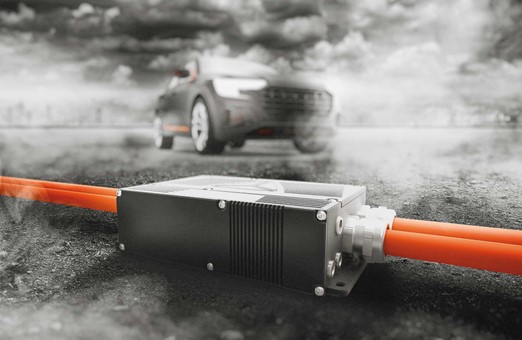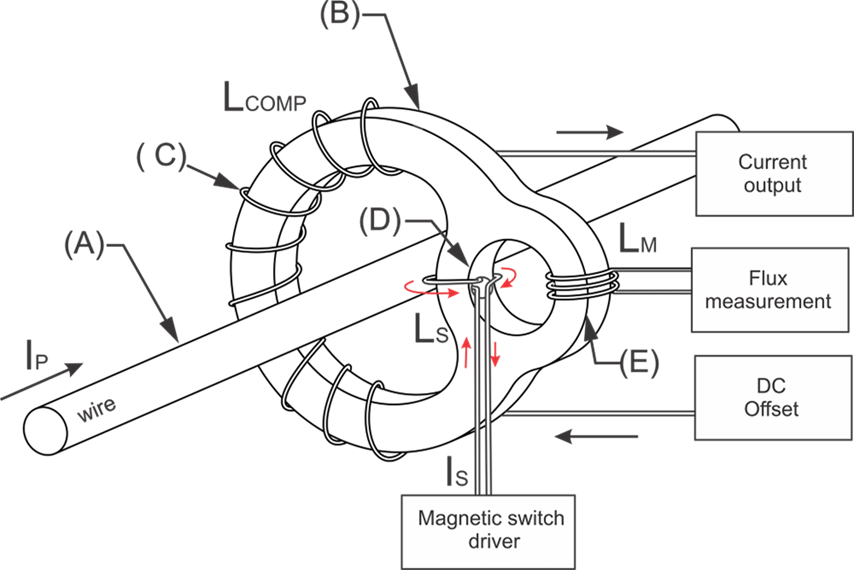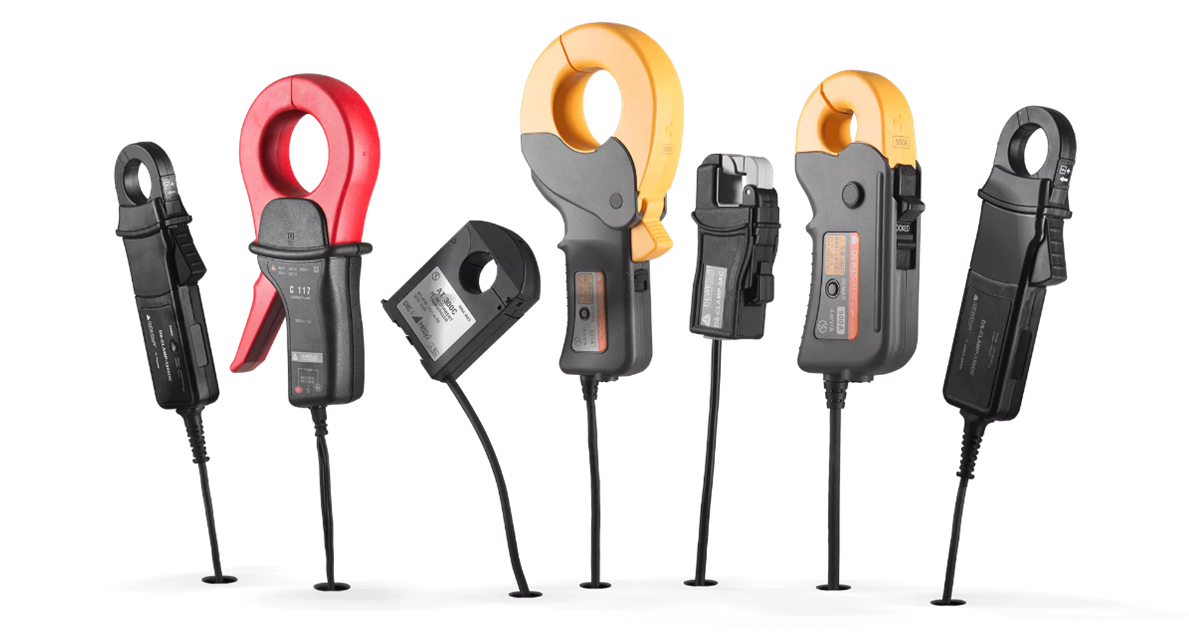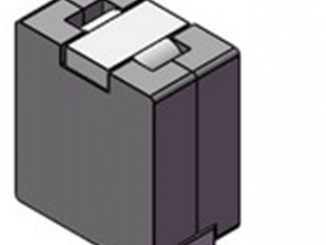
Motivated to develop a new current sensing technology using the best possible properties of a gap-less magnetic core and a single core construction as in single-core closed loop transducers, Slovenian test and measurement specialist Dewesoft has developed a new DC/AC flux sensor embedded into a magnetic core that does not alter the superb properties of high-permeability magnetic materials. Named the Platise Flux Sensor after the inventor’s name, it provides the fundamental performance for the company’s new SIRIUSi XHS-PWR transducer.
With the sensor, compact high-current transducers can fill the missing accuracy gap below 1% and down to 0.01% to address numerous test and measurement applications in various markets. In the automotive market, recent electric vehicle development shows a need for current sensors in accuracy class from 0.1 % to 0.01 % for accurate power measurements, with short-term peak currents up to 2000 A, says Dewesoft in a technical paper authored by Uros Platise, Marcel Achim and Eva Kalsek that explains its DC-CT technology. This article highlights some of the points.
Throughout time different methods of measurement of the electrical current sensing technologies have been developed, explain the authors. Current shunts present a simple solution, however, they exhibit high power dissipation, are non-isolated and frequency bandwidth is limited due to relatively high self-inductance compared to micro-ohms. Isolated methods include (differential) open-loop core-less, and open-loop and closed-loop with one or more magnetic cores. Open-loop methods reach accuracies in the range of a few percent, are relatively susceptible to external magnetic fields, and are bandwidth limited. Closed-loop methods include a magnetic core operating with a null-method, and a flux sensor. Most known are Hall, magneto-resistance, and fluxgate sensors. In a simple design, all of them are inserted into a single core, while the later fluxgate exists in more sophisticated versions, such as dual-core and tri-core. Closed-loop methods minimize the non-linear effects of the magnetic materials and temperature dependency, and the multi-core flux-gate method further cancels the magnetic hysteresis, a major contributor to the DC offset, of the core.
Solutions typically provide direct AC paths by offering high bandwidth, typically limited by the magnetic material being used. Among these, solutions with a single core typically do not achieve overall accuracy better than 0.5%, and due to the gap introduced into the core, sensitivity, offset accuracy, and immunity to the external magnetic fields are reduced. Multi-core flux-gate solutions, on the other hand, do not introduce any gap to the cores and are therefore the most accurate sensors known up to date, however construction is more sophisticated, overall they are bigger, heavier, costly, and operate at higher standby power.
These conditions set the stage for Dewesoft’s solution in which flux measurement is obtained with an entirely new principle of operation, more analog to zero-drift switching operational amplifiers than existing magnetic flux sensors. The core of the DC-CT technology represents a single high-permeability core and a zero-flux closed-loop null method measurement principle with the innovative Platise Flux Sensor (PFS) zero-flux sensor. One of its key features is excellent immunity to external magnetic fields due to compact gap-less design.
The output from the PFS is proportional to the magnetic flux in the core. It drives feedback control circuitry to adjust the compensation current to restore the optimal zero-flux balance in the core. Therefore, the compensation current perfectly mirrors the primary current, scaled for the number of primary versus secondary turns.

The conceptual design of the PFS is based on a magnetic core through which center a wire of which current is to be measured, also named primary current Ip, typically one turn. The secondary compensation winding contains a greater number of turns and is distributed around the majority of the magnetic core. Magnetic material then introduces additional openings to form the PFS, composed of a current-controlled variable reluctance and the Ls winding (D) on the left side of the opening, and flux measuring winding (E) on the right side of the opening.
The key difference between the operation of a fluxgate versus PFS is that in a fluxgate sensor, a portion of the core or an entire core is magnetized to reach the minimum and maximum saturation points. DC-CT is also a single core technology where the fluxgate sensor is replaced with the PFS. PFS in turn does not need to cut the core and does not introduce air gap but is embedded into the existing magnetic core, preserving the highest permeability of the core. Much more detail is available in the full Technology Paper available on Dewesoft’s website.

In addition to its line of complete data acquisition systems, Dewesoft makes high-accuracy current sensors for AC/DC current measurement and power analysis, from current clamps to high-precision zero flux current transducers and Rogowsky coils. For more info, see www.dewesoft.com.



